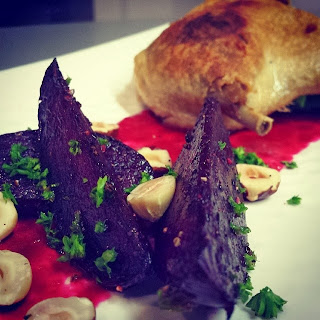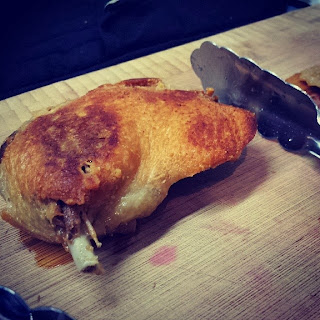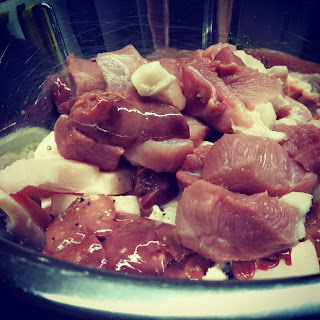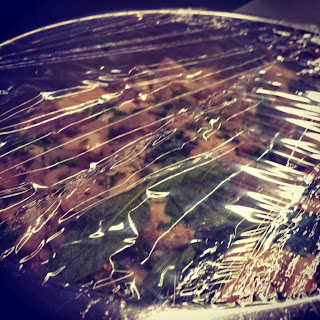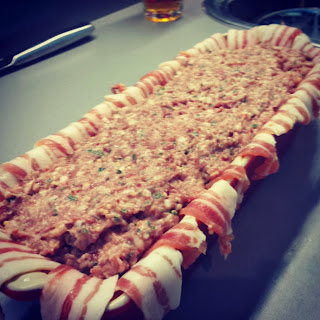
We’ve been quite lucky with the peas in our garden, they went in a little late and have given us a glut of plump pods, which we still have a good meal or two left on the plant, well that is if they survive my greedy little hands snapping them off and ripping open the snappy pod and scoffing the sweet round peas. Ever since the plant showed signs that it was actually going to produce I’ve been hanging out to make a risotto using our home grown peas, frozen is fine but nothing really beats peas freshly picked and podded mere minutes before being folded in some lush steaming risotto.
So to justice to the fresh produce, make your own stock or at least get some good quality stuff. It’s not too hard to get a stock going, and if you have a pressure cooker well you have no excuse at all not to make your own fresh chicken stock. Take one chicken carcass and any other saved chicken bits and bobs and place in the cooker, add a bunch of herbs, thyme, parsley, bay leaves, sage, then a carrot or two, roughly chopped, an onion or two depending on the size, a good dash of salt and pepper, pour in two litres of water and cook on high pressure for about 40 minutes. Strain the stock through a cloth into a saucepan and put on a medium-low heat and bring to a simmer, reduce down to about one litre, skim off any scum as it reduces. Strain into a bowl through a cloth, cover and let cool, when cold enough transfer to the fridge. It should set up to a nice firm jelly overnight.

I had about twenty pea pods, which would be about half a cup of actual peas, so the peas are podded the peas set aside and the pods put into a pot with the chicken stock and a fresh bunch of thyme and parsley, bought gently to a simmer and left for about fifteen minutes, refreshing and infusing the stock, it is then strained and put back in the pot and put on the lowest flame. Adjust the seasoning of the stock with lemon or vinegar but not too much salt at this stage.

Getting the risotto together is very simple and quite therapeutic standing in front of the stove stirring and folding the rice, adding the stock little by little until it’s reached just the right consistency, not hard at all, just remember slower is better.
With a large pan on a medium heat add a good glug of olive oil and toss in a finely diced shallot, sauté until translucent and then add a cup of risotto rice cook until almost fully translucent, stirring constantly, deglaze the pan with a cup of dry white wine. When the wine has fully evaporated add in a small ladleful of stock (about 70ml) and stir in, keep stirring and folding the rice, helping release the starch, a silicon spatula makes easy work of this, when the stock is all but absorbed add in another ladleful of stock and repeat, the rice should take the whole litre and will take a little more than twenty minutes to cook on a low heat.

Once the rice is lush and cooked, taste and adjust the seasoning, fold through the peas, they’ll take no time at all to cook. I gilded the lily a little and stirred through a large tablespoon of ricotta, mainly because I had it and it needed to be used. Fold in a chiffonade of mint and spoon into a serving bowl and drizzle with a little peppery olive oil.

